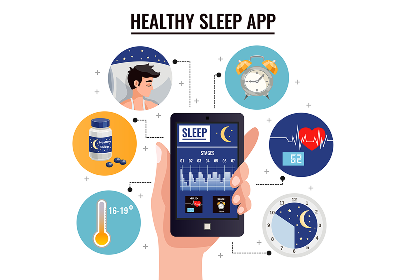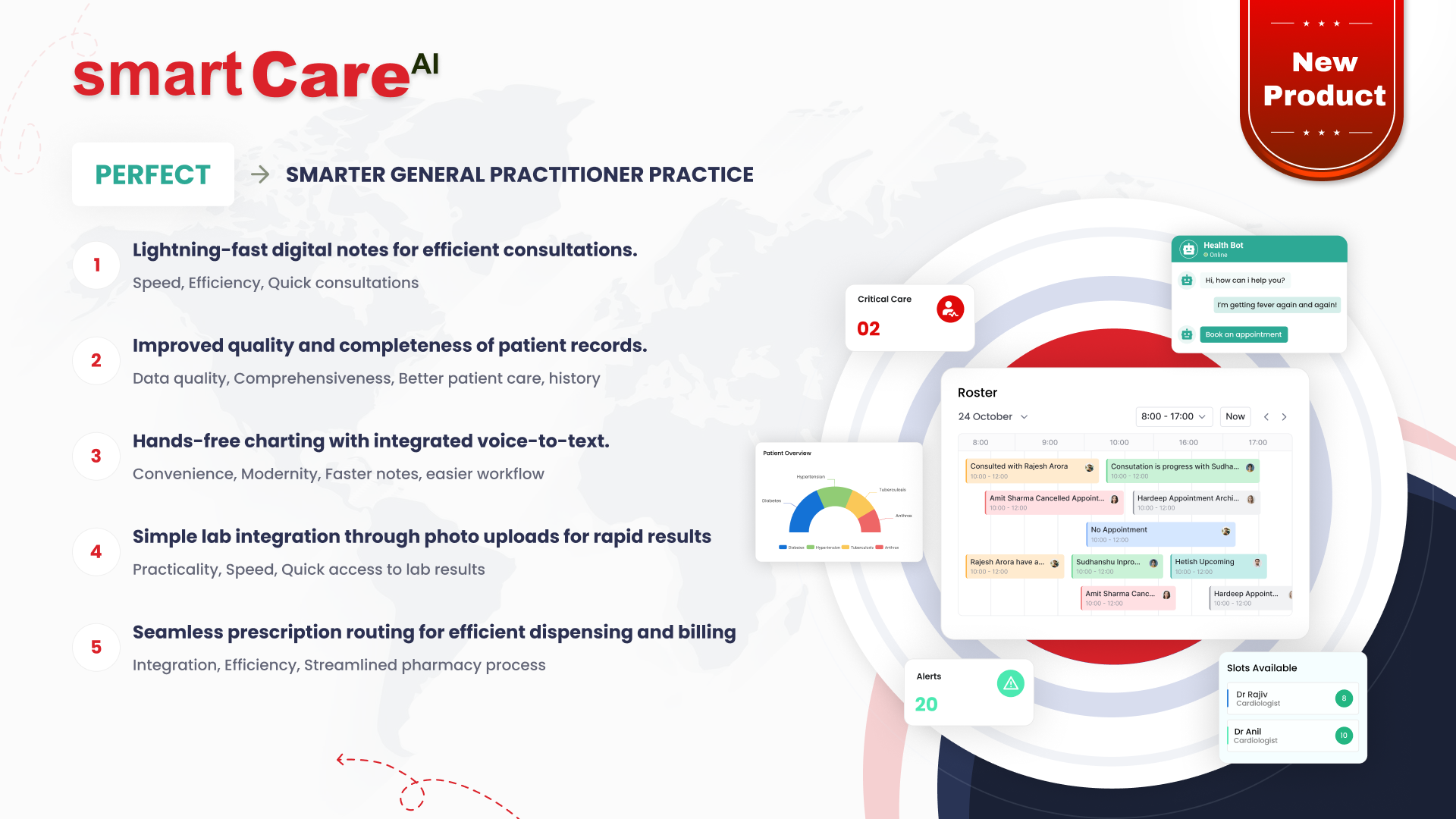Posted On October 30, 2025
Outcome-driven AI: Moving from Pilots to Scalable Impact through Platformization
Artificial Intelligence (AI) has moved beyond hype, but many companies still struggle to scale beyond pilots. Projects often stall due to fragmented implementations, high costs, and a lack of measurable ROI. Outcome-driven AI, supported by platformization, is emerging as the key to unlocking scalable business value. By shifting from experimentation to repeatable and reusable AI solutions, organizations can achieve faster time-to-value, lower costs, and consistent quality.
Breaking the Pilot Trap
Most AI projects remain stuck in pilot mode because they are created as isolated experiments. Without standardized processes, reusable components, or defined outcomes, these pilots fail to transition into production. The result is wasted investment and missed opportunities. Outcome-driven AI reframes adoption by focusing on measurable business results from the start, whether that means reducing manual effort, improving patient outcomes, or increasing fraud detection in financial services.
A prime example is HEDIS analytics platforms built for payors developed by smartData. Fragmented reporting once caused inefficiencies and compliance risks. By applying outcome-driven AI, healthcare organizations now close care gaps faster, improve quality measure reporting, and support better patient population health outcomes.
Platformization for Scalability
Platformization enables organizations to move away from one-off AI builds toward structured, modular solutions. At smartData, our smartPlatforms approach packages AI capabilities into reusable pods that can be deployed across industries. This speeds up implementation, ensures compliance, and reduces duplication of effort.
For instance, RAG (Retrieval-Augmented Generation) based knowledge platforms unify medical documentation across EMR systems. This lets clinicians access rich, compliant insights in real time. Similarly, LLM-powered financial planning assistants help finance teams shift from static spreadsheets to dynamic, AI-driven forecasting with reusable models that adapt to various clients.
Driving Measurable Business Outcomes
The ultimate goal of adopting AI is impact. By embedding outcome-driven metrics—such as improved care gap closure rates in healthcare, faster forecasting cycles in financial planning, or better security in biometric authentication—AI initiatives deliver real value.
For example, Agentic AI solutions created for healthcare clinics automate administrative workflows, from appointment scheduling to claims validation. This cuts operational costs and allows staff to focus on patient care. At the same time, AI-driven IVR voice agents provide multilingual, real-time patient support, showing how reusable pods consistently achieve measurable outcomes in new settings.
Reusability as a Competitive Advantage
Reusable AI pods give organizations a significant advantage. Instead of creating a new solution for every use case, companies can use prebuilt, tested, and compliant modules. For instance, pen testing frameworks used in an FDA-approved ophthalmology monitoring system we developed at smartData, were later adapted to boost security in a biometric authorization app. This reusability not only shortened time-to-market but also ensured compliance across regulated areas.
Conclusion
Outcome-driven AI through platformization is changing how organizations approach innovation. By focusing on measurable results, enabling scalability through reusable pods, and ensuring compliance, businesses can escape the pilot trap and achieve lasting impact. With real-world examples spanning HEDIS analytics, LLM-powered assistants, RAG-based platforms, and Agentic AI automation, the path ahead is clear: organizations that embrace platformization will lead with efficiency, agility, and long-term value creation.








